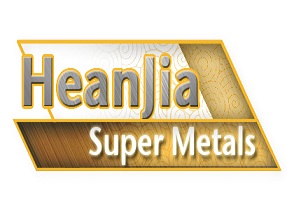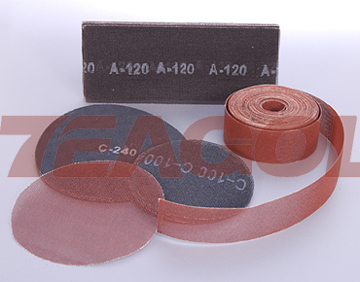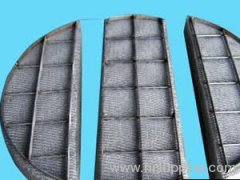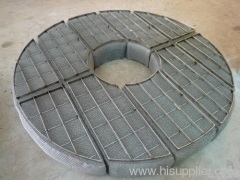
|
Heanjia Super-metals Co., Ltd.
|
Monel Mist Eliminator Monel Demister
| Payment Terms: | T/T,L/C,D/A,D/P,WU |
| Place of Origin: | Hebei, China (Mainland) |
|
|
|
| Add to My Favorites | |
| HiSupplier Escrow |
Product Detail
Monel Mist Eliminator includes two kinds: Monel 400 Demister Pad and Monel K500 Demister pad.Diameter:700-4100mm
Monel Mist Eliminator
Monel Mist Eliminator includes two kinds: Monel 400 Demister Pad and Monel K500 Demister pad.
Monel 400 Mist Eliminator is corrosion resisting, such as resistant to sea water and steam at high temperatures, resistant to salt and caustic solutions. It also has high strength. Monel 400 Mist Eliminator has low corrosion rate in flowing brackish or seawater while performing excellent resistance to stress-corrosion cracking in most freshwaters. Monel 400 Mist Eliminator is particularly resistant to hydrochloric and hydrofluoric acids when they are de-aerated. Monel 400 also has good adaptability to wide range of application temperature. It maintains good mechanical properties at subzero temperatures, as well as in temperatures up to 1000° F.
Monel K500 Mist Eliminator combines the excellent corrosion resistance of Monel 400 Mist Eliminator with the added advantage of greater strength and hardness. When in the age-hardened condition, Monel K-500 Mist Eliminator has a greater tendency toward stress-corrosion cracking in some conditions than Monel 400 alloy Mesh. Its melting range is 2400-2460° F. Nickel alloy K-500 has a greater tendency toward stress-corrosion cracking in some environments. Monel K-500 Mist Eliminator is resistant to a sour-gas environment. In stagnant or slow-moving sea water, fouling may occur followed by pitting but this pitting slows down after a fairly rapid initial attack.
Features of Monel Mist Eliminator :
1. Simple structure with light weight.
2. Less pressure drop and big surface.
3. High demisting efficiency.
4. It is convenient for installation, operation and maintenance.
5. Long service life.
Technical Data:
Typical Limit Drop sizes = 3 microns
Mesh Pad Velocities = 450 fpm
Typical Mesh Pad pressure drop STP = 0.4w.c.
Mesh Pad + Profile Mist Eliminator Velocity = 1100 fpm
Typical Pressure drop for Mesh Pad + Profile Mist Eliminator combination= 0.6w.c.
Available specifications:
Diameter:700-4100mm
Thinkness:100-200mm
Filtration rating: 98%-98.9%
Applications:
•Scrubbers.
•Separators.
•Knock-out drums.
•Natural gas cleaning.
•Flue gas cleaning.
•Distillation, Absorption and GDU columns.
•Evaporation processes.
•Steam drying.
•Process vessels.
Didn't find what you're looking for?
Post Buying Lead or contact
HiSupplier Customer Service Center
for help!

























